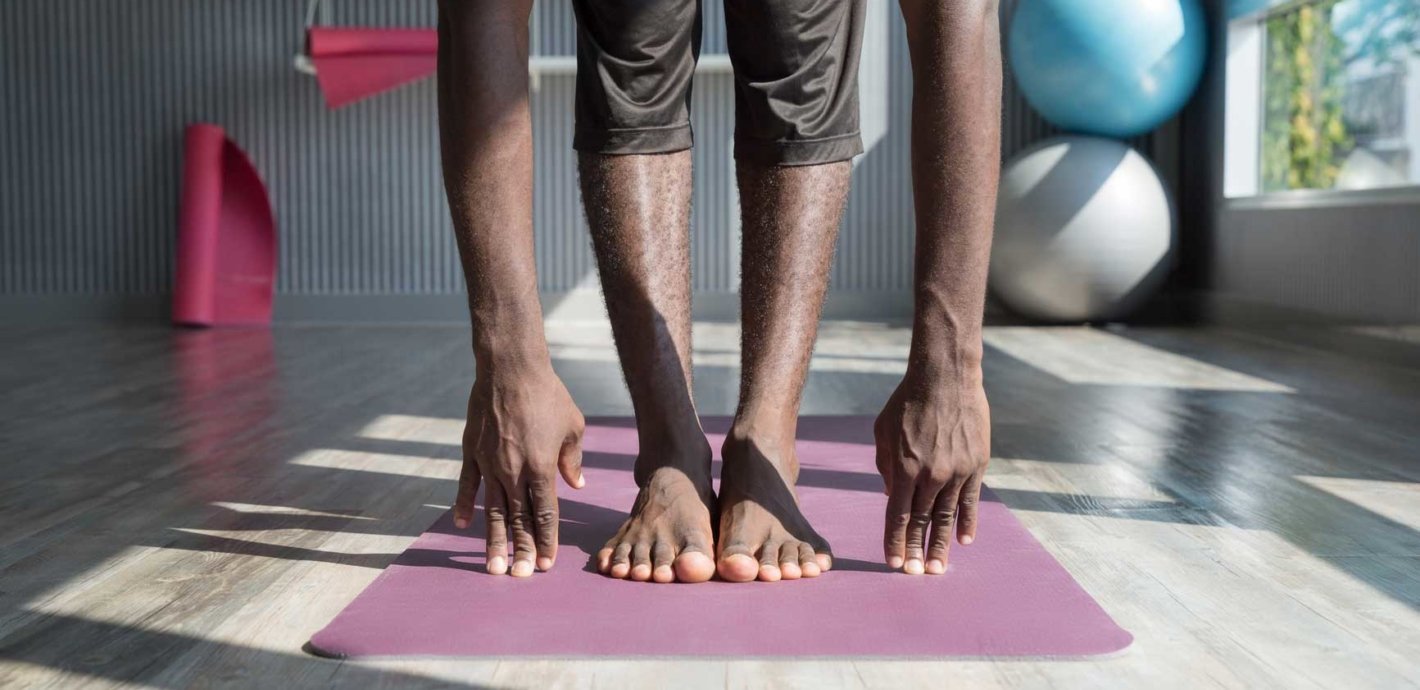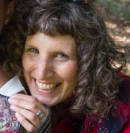Before Joseph Le Page became known as a leader in the field of yoga therapy, he was a Kripalu Yoga teacher. So the announcement late last month that Kripalu Center for Yoga & Health had acquired Le Page’s Integrative Yoga Therapy (IYT) program marked what is in some ways a homecoming for Le Page, the closing of a circle whose beginnings date back to his introduction to Kripalu Yoga in 1987 and his certification as a yoga teacher two years later.
But on a larger scale, the acquisition—a natural one for both entities, as Kripalu has hosted a portion of the IYT program for the past 20 years—signaled that the retreat center had definitively staked its claim in this emerging field. (“Emerging” in the Western world, that is; in India, yoga therapy is a centuries-old form of preventative medicine.)
“For Kripalu to create a home for yoga therapy to grow and flourish is a significant step,” says Micah Mortali, director of the Kripalu Schools, which now include the School of Yoga, the School of Ayurveda, and the School of Integrative Yoga Therapy. “We’re making a commitment to yoga therapy and to playing a part in the future of [the practice].”
The long-term vision is to move to a university model, with degree programs established for yoga therapy as well as the school’s other trainings, and the potential for education tracks that incorporate elements of all three schools, says Jill Bauman, Kripalu’s Vice President of Strategy and Growth.
This comes on the heels of a new Yoga Alliance policy, released in January, which severely limited the use of the terms “yoga therapy” and “yoga therapist” by its registered schools and teachers. Le Page published a measured response to the policy, noting that it could be seen as favorable to established schools like IYT, and that it highlights the importance of the accreditation work being done by the International Association of Yoga Therapists (IAYT). At Kripalu, he says, that trajectory will now be supported by the resources of North America’s largest yoga and retreat center. “Our goal as a team is to keep expanding and improving the program, to take it to new levels of professionalism,” he says. Le Page will continue to head up the training, while also developing what he calls a “comprehensive yoga hospital” at Enchanted Mountain Yoga Center in Brazil, which he runs with his wife, yoga teacher Lilian Le Page. (The IYT training is also offered there in Portuguese.)
What Is Integrative Yoga Therapy?
What differentiates a yoga therapist from a yoga teacher? Le Page sums it up succinctly: “The skill set is much more extensive, not only as far as the communication [with the client] but also the ability to make modifications and the understanding of anatomy, physiology, kinesiology, and yoga philosophy as it relates to health and healing and to the nervous system. We give students the principles and the tools, the foundation and the direction, so they can develop their own treatment protocols for each unique individual.”
Related: 100 Most Influential Yoga Teachers in America
Le Page’s goal in formulating IYT, which he launched in 1993 in California, was to create a training that was spiritually oriented but could also be easily translated into therapeutic and clinical settings to address both physical and mental health conditions (which, according to yoga, are inextricably intertwined). He sought to bridge East and West—volunteering in Dean Ornish’s pioneering cardiac yoga program and also spending months at a time with doctors and teachers in India, where yoga has traditionally been handed down over generations as a dual tradition of yoga practice and yoga therapy. He visited S-Vyasa Yoga University in Bangalore, India, which houses a 250-bed inpatient treatment facility; in the States, he drew on the counsel of Richard Miller, founder of iRest, a research-based practice of deep relaxation for healing; and Eleanor Criswell, a member of the IAYT Board of Directors and Accreditation Committee, and professor emeritus of psychology at Sonoma State University, where she and Le Page later created one of the first graduate programs in yoga therapy in the United States. He mined the wisdom of experts in the yoga world, recruiting special guest instructors such as yoga researcher Sat Bir S. Khalsa; Richard P. Brown and Patricia L. Gerbarg, founders of the Breath~Body~Mind methodology for healing; and Tommy Rosen, known for his work in using yoga to support recovery.
“I explored everything I could about yoga therapy, its different facets and how they came together, and started to get a broader picture of what yoga therapy is and what it could be,” Le Page recalls. His master’s degree in education served him in crafting an experiential curriculum that took into consideration how people learn and what type of group situations best support learning. His study of yoga philosophy (at Kripalu, in India, and in the Phoenix Rising Yoga Therapy training) gave him the foundation on which he built IYT: the five koshas, or layers, of the human being. And he made sure that the program retained the heart and humanity that he had discovered in Kripalu Yoga.
“I came from a family background of illness and trauma, and I had to look first for my own healing,” he says. “In Kripalu Yoga, I found it in a way that emphasizes self-love, self-care, and self-acceptance.”
Scientific Validation for Yoga Therapy
Comprised of seven modules that add up to an 800-hour professional yoga therapist certification, the IYT training now has some 3,000 graduates who work in hospitals and mental health settings as well as with corporations, wellness centers, and assisted living facilities, among many other venues. Le Page continues to evolve the training; recently, he conducted numerous interviews with founders and directors of yoga therapy institutes in India, and for the first time invited an Indian practitioner, Ananda Balayogi Bhavanani, a doctor of alternative medicine and chairman of the International Centre for Yoga Therapy, Education and Research in Pondicherry, India, to join the faculty for IYT’s Yoga Therapy Applied in Medical Settings module.
Related: The Role of Mindfulness in Healing Autoimmune Disease
Meanwhile, recognition of yoga’s benefits has grown exponentially in this country since IYT’s founding. Twenty years ago, when an IYT graduate approached hospital administrators to suggest ways of implementing yoga therapy, perhaps five percent of them were willing to listen, Le Page says. Today, “the health-care system is becoming more open,” he says. “Our graduates tell us that when they approach a hospital, most of the time there’s already a wellness program there or they see the necessity for one and are willing to discuss the possibilities.”
In part, that’s a result of the increasing amount of research validating the efficacy of yoga therapy. Studies have shown that it not only has a positive impact on complaints that might be intuitively expected to respond to a yoga protocol, such as low-back pain, anxiety, and digestive disorders, but is also effective as a complementary therapy for addiction, hypertension, Parkinson’s, and post-operative care after cancer surgery, as well as many other conditions.
From the Western perspective, these results stem from a combination of increased flexibility, stress reduction, and improved cardiovascular and respiratory function—but Le Page pinpoints the spiritual component that he believes is indivisible from the physiological, emotional, and mental aspects that yoga therapy addresses.
“Yoga teaches that the whole of life is a journey of healing—healing all dimensions of the being—and the end of that journey is freedom within ourselves and unity with the world around us,” Le Page says. “The job of the yoga therapist is to take this elevated philosophy and communicate it to whoever is in front of them.”








Comments (0)